While most urban areas prioritize human inhabitants, certain places around the world feature a remarkable role reversal—towns and cities where animals freely roam the streets, claiming public spaces as their territory. These unique destinations offer fascinating glimpses into alternative forms of coexistence between humans and wildlife.
Here is a list of 20 destinations where animals have taken over the streets, creating unforgettable experiences for visitors.
Nara, Japan
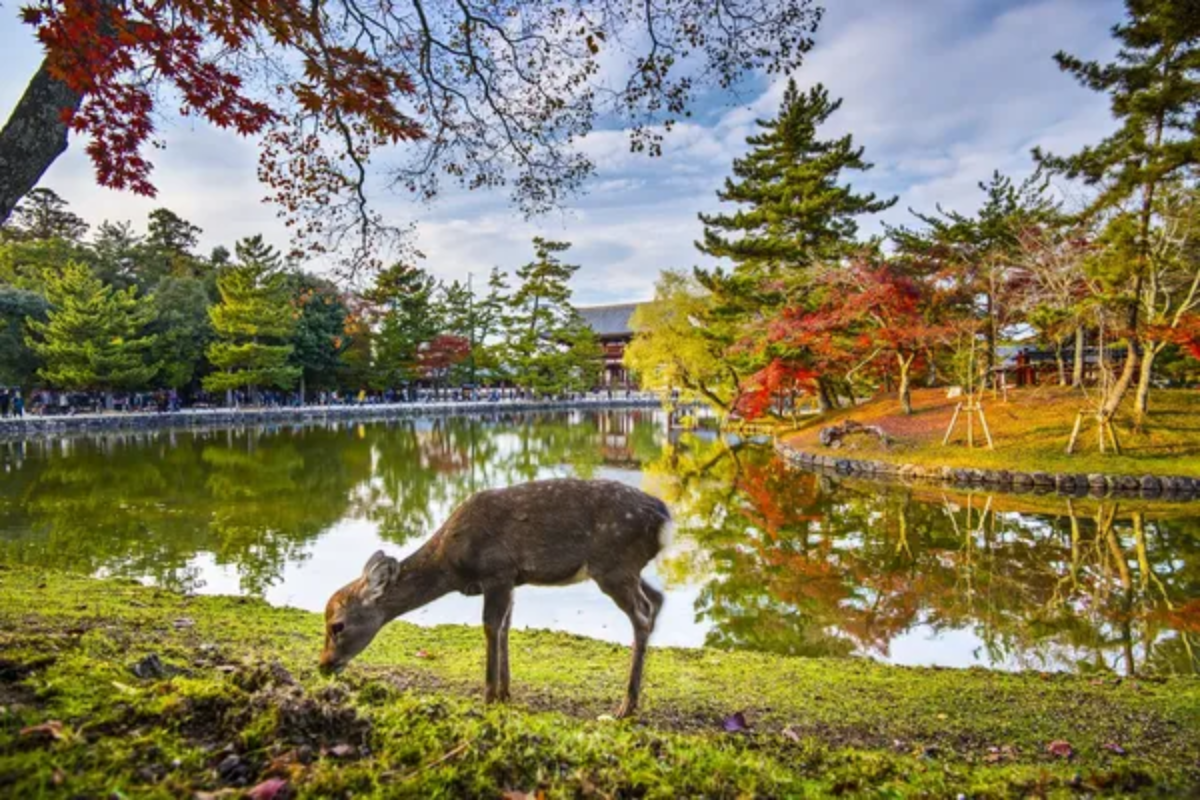
Over 1,200 sacred deer wander freely through this ancient Japanese city, particularly concentrated in Nara Park and surrounding temple areas. These protected animals, considered divine messengers in local Shinto beliefs, have adapted perfectly to urban life, learning to bow for treats and navigate crosswalks.
Vendors throughout the city sell special deer crackers for visitors to feed these remarkably tame creatures that have become both a cultural symbol and the unofficial masters of Nara’s streets.
Lopburi, Thailand

Thousands of crab-eating macaques dominate the center of this provincial capital, particularly around the 13th-century Phra Prang Sam Yot temple. The monkeys swing from utility wires, climb buildings, and gather in large troops on main streets, treating the city as their playground.
Each November, residents host the Monkey Buffet Festival, laying out elaborate fruit spreads as offerings to the primates that bring both tourism revenue and daily challenges to locals who must monkey-proof their homes and businesses.
Like Travel Pug’s content? Follow us on MSN.
Assateague Island, USA
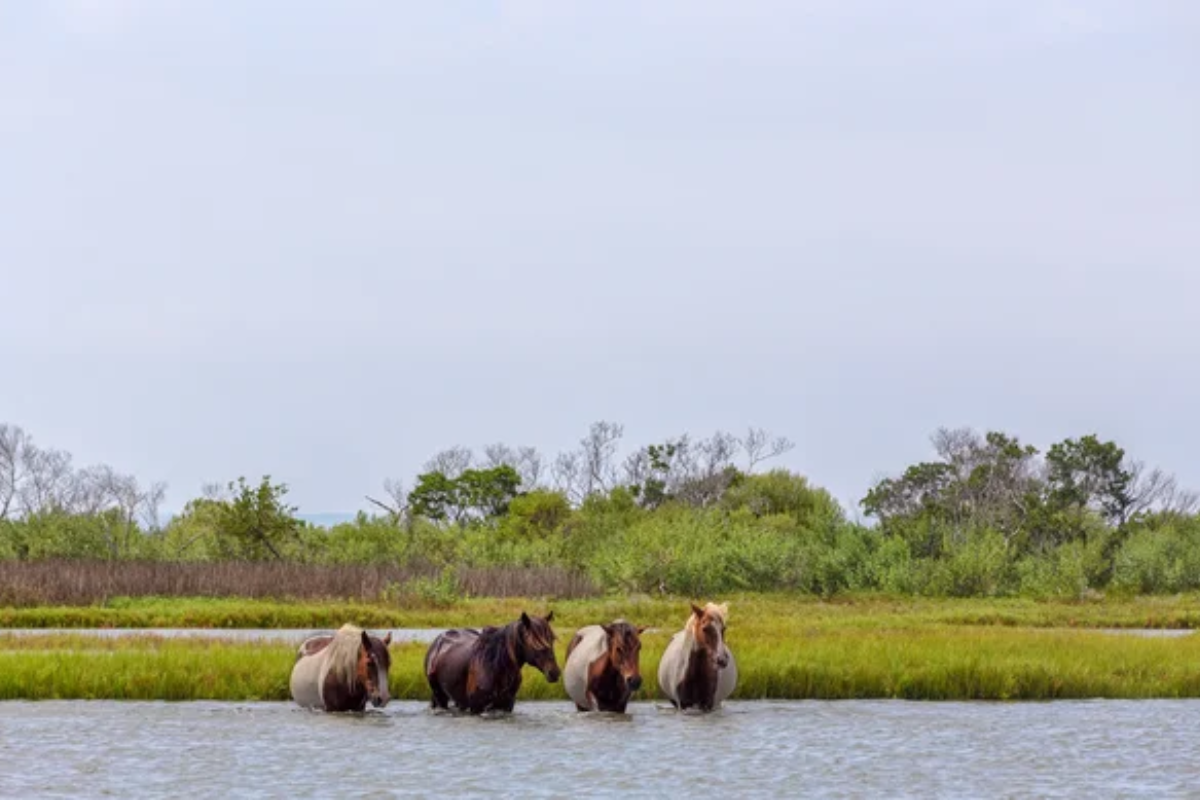
Wild horses roam freely across this barrier island off the coasts of Maryland and Virginia, descendants of domestic animals that escaped to freedom centuries ago. The feral horses have adapted to marsh life, drinking from freshwater ponds and feeding on marsh grasses despite the challenging coastal environment.
Rangers advise visitors to maintain a distance of at least 40 feet from these majestic but unpredictable animals that regularly saunter through beach parking lots and campgrounds.
Miyajima Island, Japan

This sacred island near Hiroshima features both wild deer and domesticated deer that freely navigate the streets and the ferry terminal. The animals casually approach visitors, investigate shopping bags, and rest beneath the famous floating torii gate during low tide.
Unlike many wildlife encounters that occur in parks or preserves, Miyajima’s deer participate fully in daily island life, walking through souvenir shops and waiting at food stalls for dropped treats.
Jaipur, India
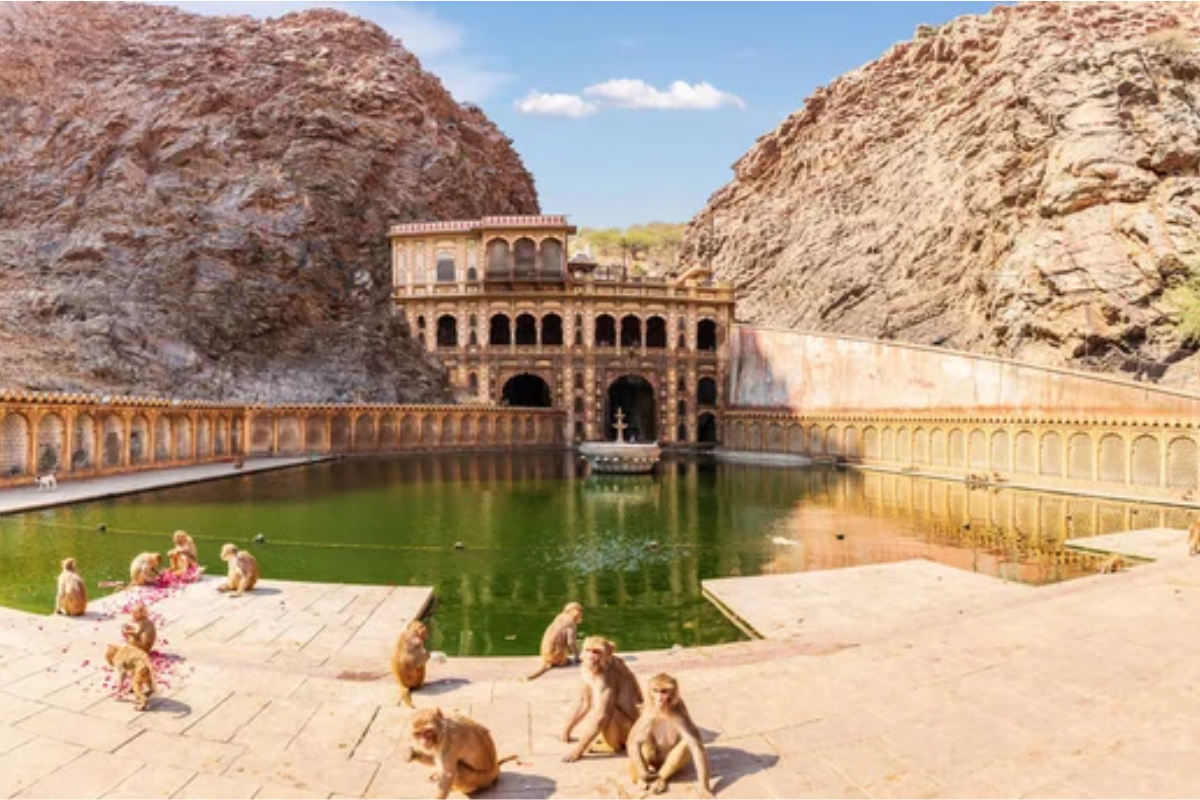
Rhesus macaques dominate the rooftops and alleys of the Pink City, particularly around the Galta Ji temple complex, nicknamed the Monkey Temple. The primates swing from buildings, dash across busy streets, and occasionally snatch food or shiny objects from unsuspecting visitors.
Local religious practices that consider monkeys sacred ensure their protected status despite occasional conflicts with residents. This creates an unusual urban ecosystem where humans adapt their behaviors to accommodate their simian neighbors.
Like Travel Pug’s content? Follow us on MSN.
Reykjavík, Iceland

During summer months, Arctic terns take over sections of Iceland’s capital city, diving at pedestrians who venture too close to their nesting areas. The aggressive birds establish breeding colonies in urban parks, along harbors, and even in residential neighborhoods, forcing locals to carry protective items like sticks or umbrellas.
City officials install warning signs at colony locations, effectively ceding control of certain streets and sidewalks to these fierce avian defenders during nesting season.
Cat Island (Tashirojima), Japan
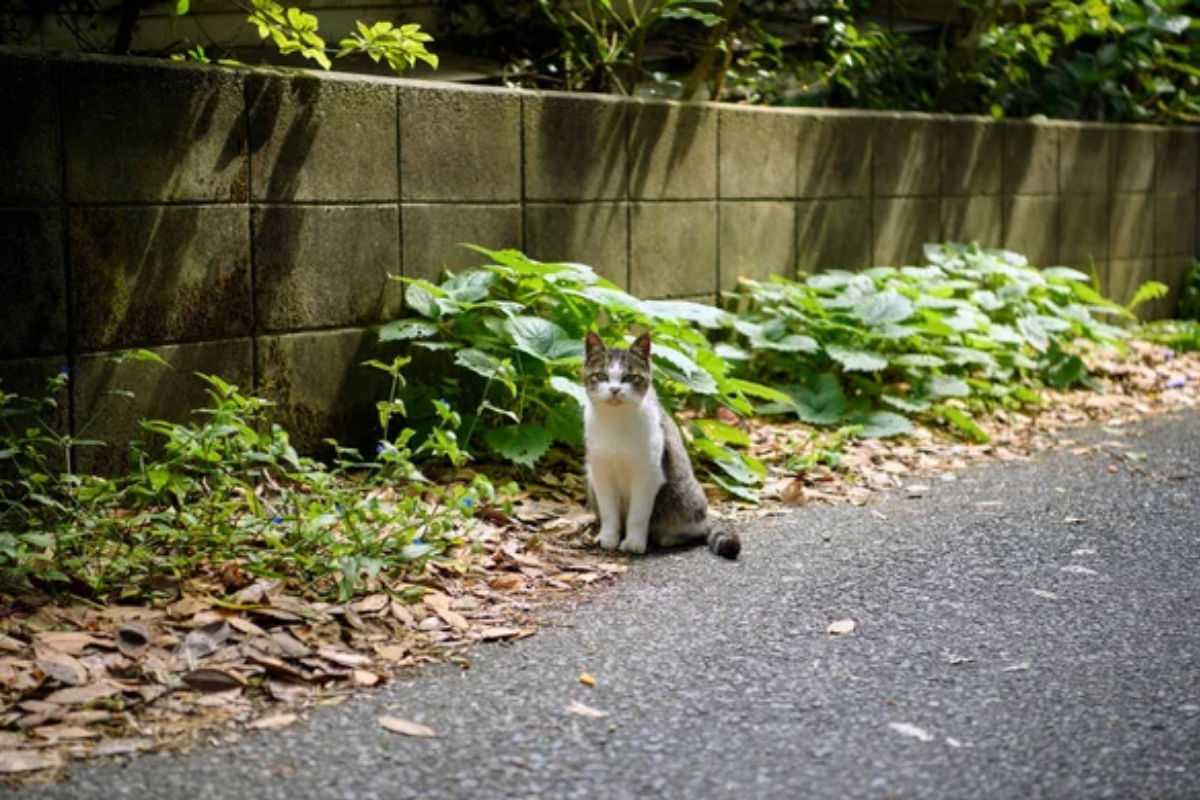
This small fishing community in Miyagi Prefecture hosts more cats than people, with felines outnumbering humans by a significant margin. The cats originally served a practical purpose, protecting silkworm facilities from mice, but now roam freely through the village streets, lounging on porches and gathering at the local cat shrine.
Ferry visitors bring treats for the semi-feral population that has transformed the island into an internationally known destination for cat enthusiasts.
Clovelly, England
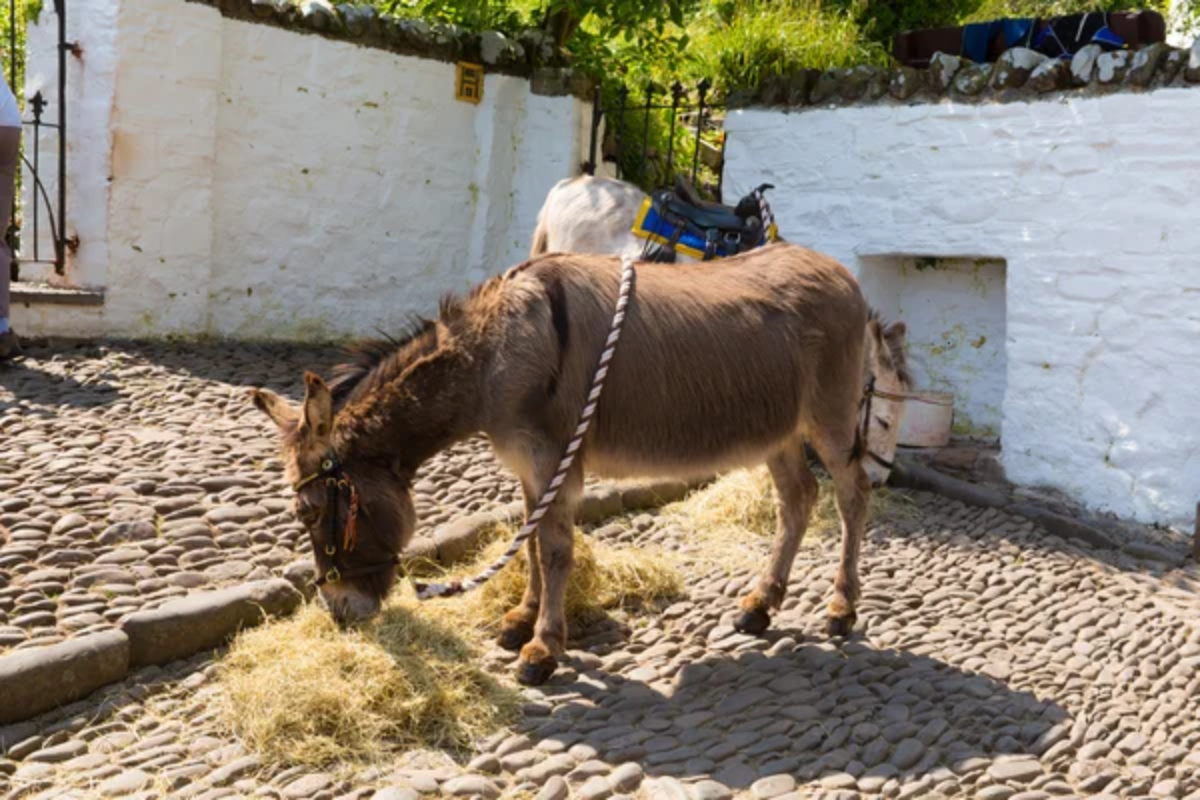
This historic fishing village in Devon features no cars—instead, working donkeys transport goods up and down the steep cobblestone streets. For centuries, these sturdy animals have carried supplies from the harbor to homes and businesses, maintaining a tradition that predates motorized transportation.
The donkeys live in dedicated stables but spend their days in the public eye, essentially serving as the village’s transportation infrastructure and delighting visitors with their unhurried pace.
Like Travel Pug’s content? Follow us on MSN.
Galtaji, India

Sacred langur monkeys dominate this temple complex near Jaipur, which is considered the kingdom of these large gray primates with distinctive black faces. The monkeys drink from the temple’s sacred water tanks, climb across ancient buildings, and approach visitors expecting food offerings.
Local mythology holds that the monkeys are descendants of the monkey god Hanuman’s army, giving them special status that ensures their dominance over the temple grounds and surrounding neighborhoods.
Bunny Island (Ōkunoshima), Japan
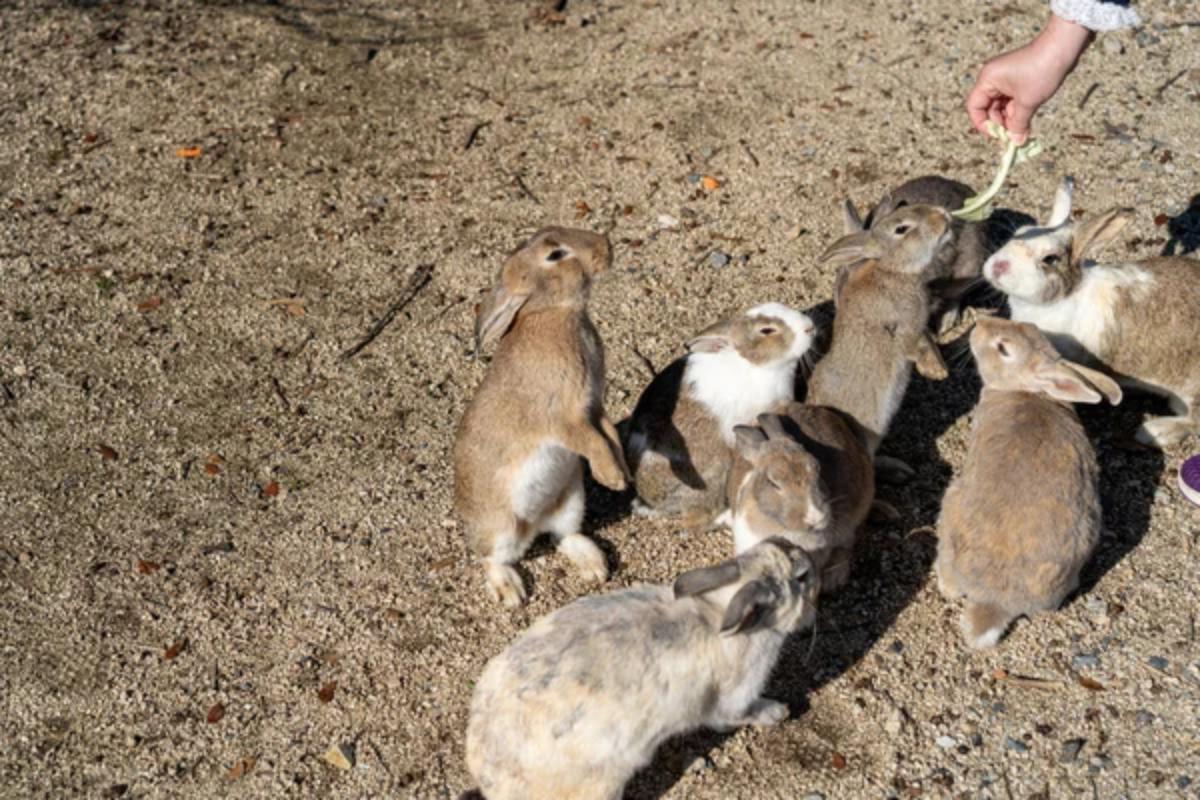
This small island in the Inland Sea hosts over 1,000 feral rabbits that approach visitors looking for treats the moment they disembark from the ferry. The friendly rabbits chase tourists, climb onto laps, and gather in adorable groups across roads and paths throughout the island.
Ironically, the island once produced poison gas during World War II, but now attracts visitors solely for its free-roaming rabbit population that multiplies without natural predators.
South Stack, Wales
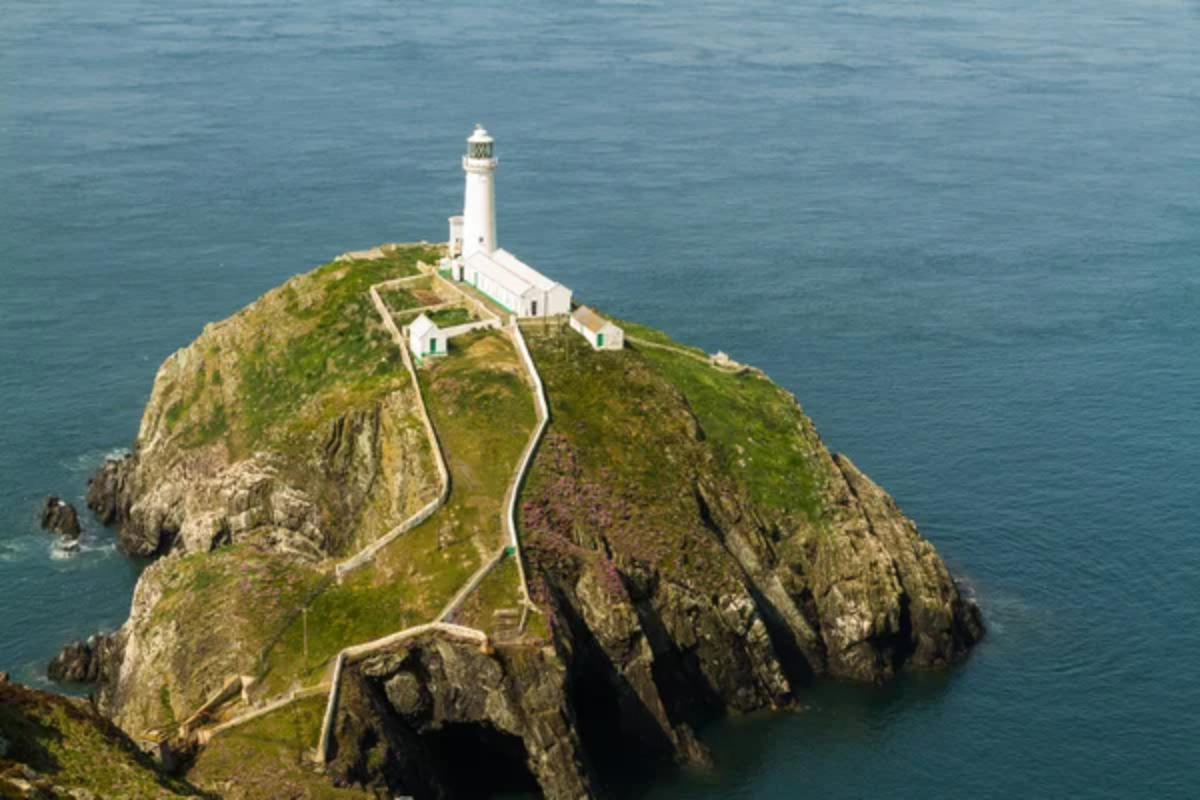
During breeding season, thousands of seabirds including puffins, guillemots, and razorbills, take over the coastal cliffs and adjacent areas of this Welsh nature reserve. The birds nest so densely that walking paths are sometimes closed to protect sensitive areas, effectively surrendering human access rights to the avian population.
Visitors observe from designated viewpoints as the birds conduct their elaborate mating rituals and chick-rearing activities mere feet from observation platforms.
Like Travel Pug’s content? Follow us on MSN.
Amsterdam, Netherlands
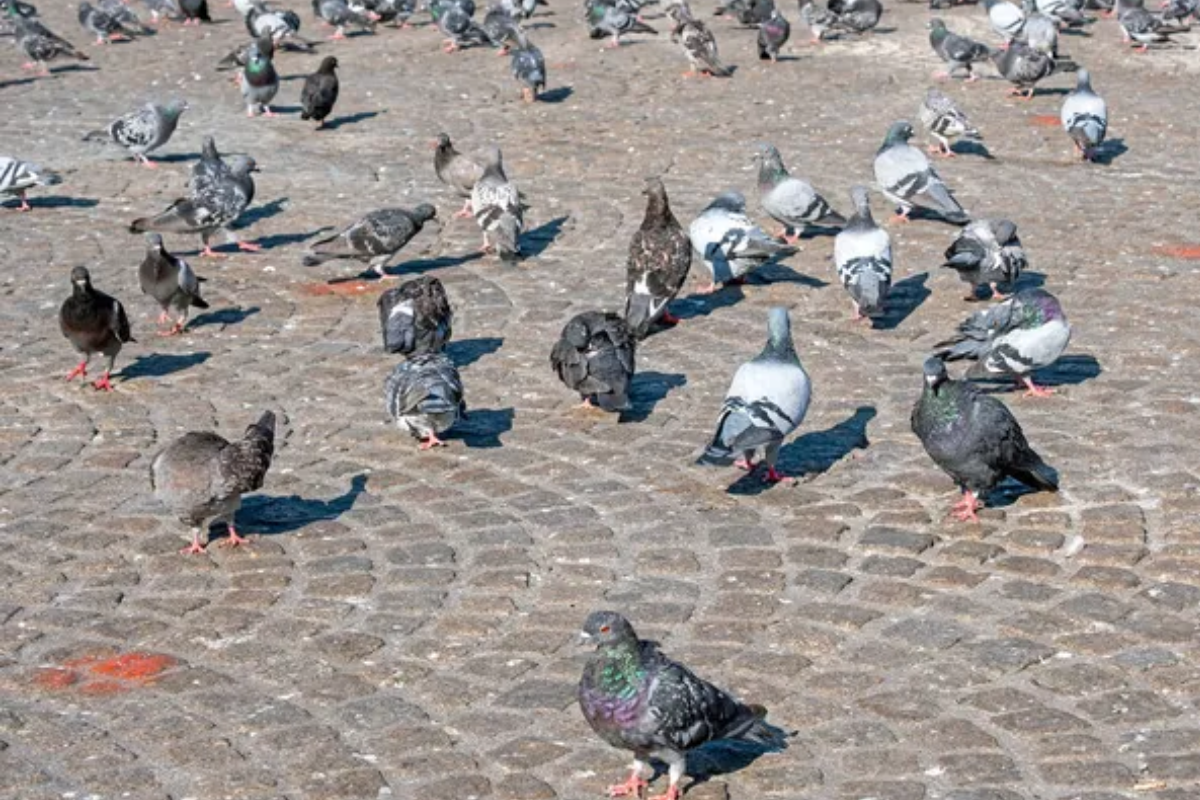
Urban herons have adapted remarkably well to city life in the Dutch capital. They stalk fish along canals and famously wait outside fish markets and restaurants for scraps.
The large birds perch on canal boats, building ledges, and street lamps throughout the city center, having lost their fear of humans over generations of urban living. Some birds have learned to approach outdoor diners or specific homes where residents regularly feed them, creating individual territories within the urban landscape.
Isle of Man
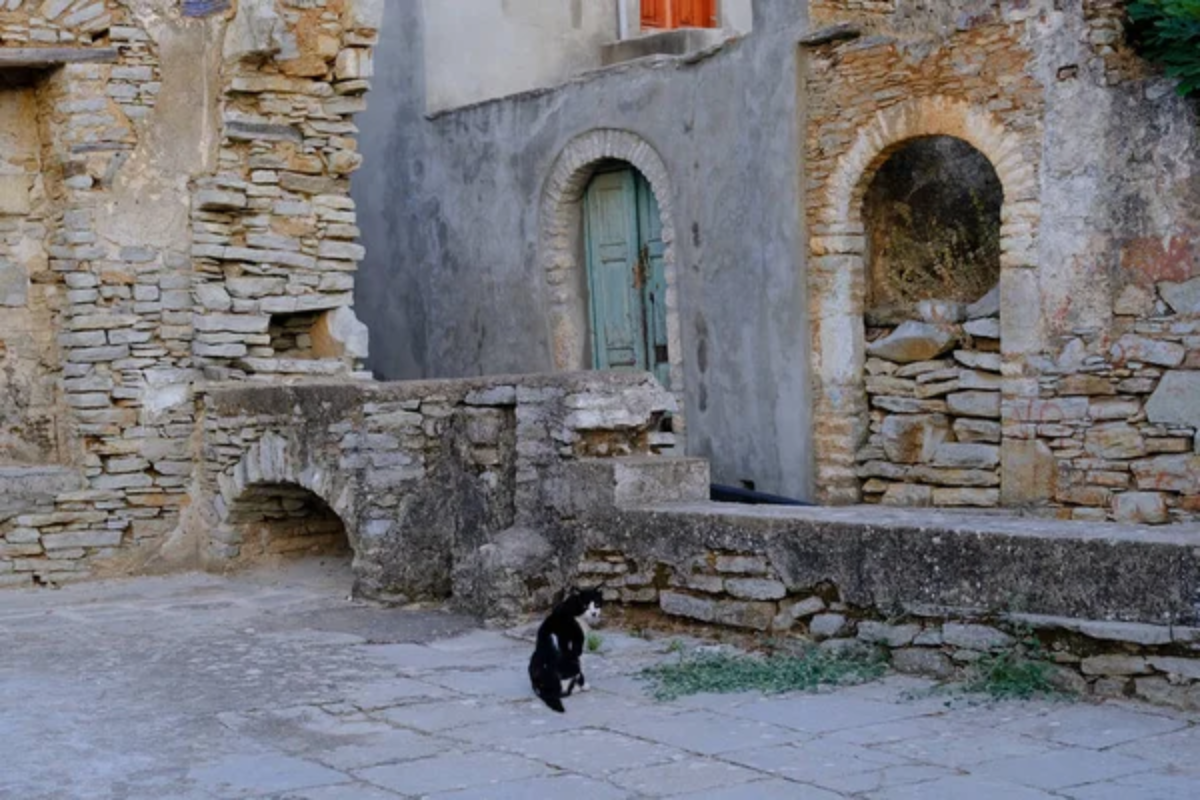
This self-governing British Crown dependency is famous for its population of tailless Manx cats and the motorcycle races that temporarily take over its roads. Lesser known is the island’s population of wild wallabies—descendants of escaped zoo animals that now number in the hundreds.
The marsupials frequently appear on roads, in gardens, and even in village centers, particularly around the northern plains and Curragh wetlands, creating surreal encounters for visitors unprepared to find Australian wildlife on a British island.
Daufuskie Island, USA
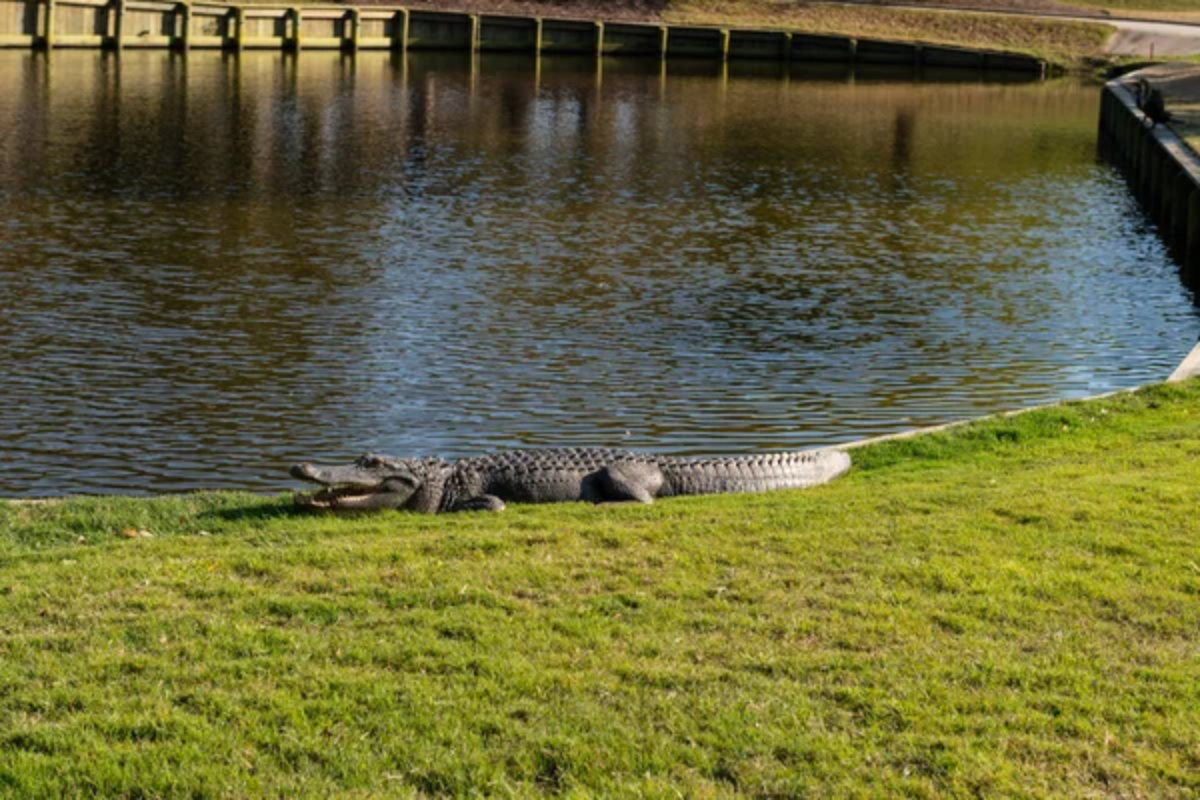
This small barrier island off South Carolina remains car-free, with alligators often claiming roadways and paths as sunning spots during warmer months. The reptiles emerge from numerous ponds and lagoons to warm themselves on paved surfaces, causing locals to navigate around them using golf carts—the island’s primary transportation.
Residents maintain a respectful distance from these prehistoric-looking creatures that vastly outnumber the human population, particularly in less developed areas.
Like Travel Pug’s content? Follow us on MSN.
Gibraltar
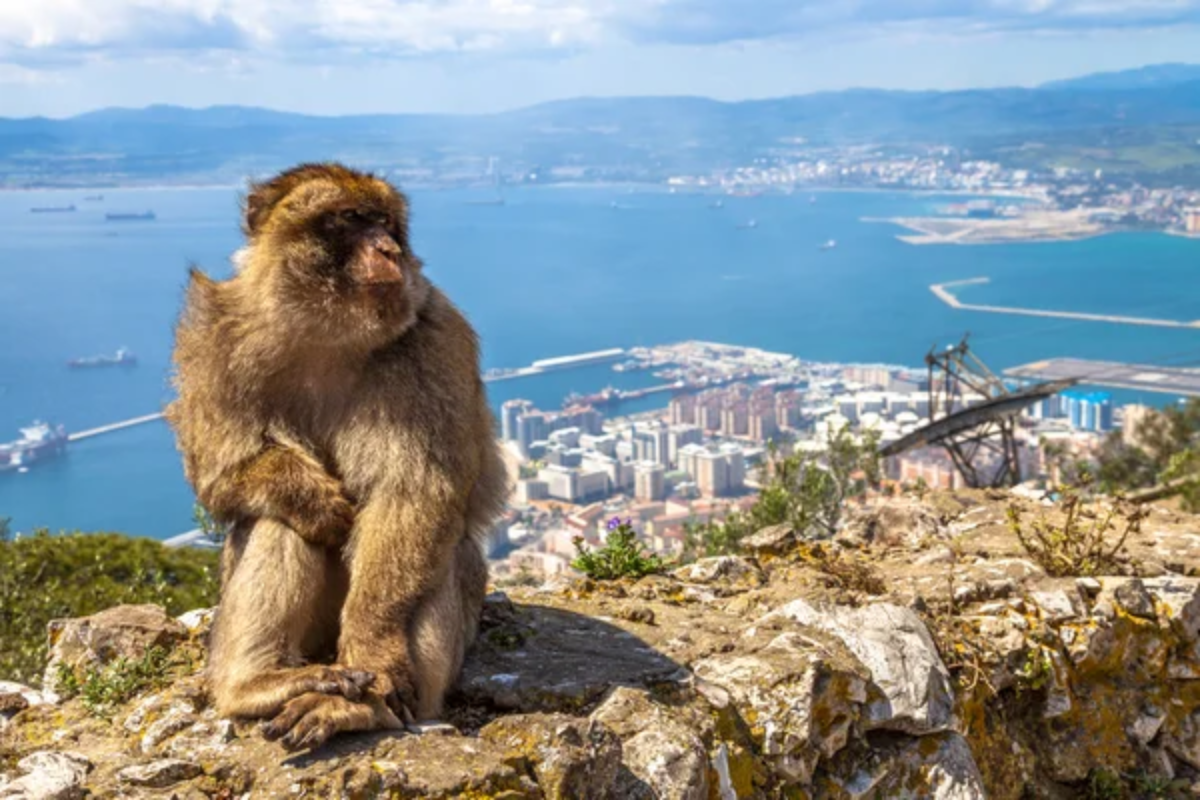
The famous Barbary macaques of this British Overseas Territory command the upper portions of the Rock of Gibraltar but frequently descend into town, appearing on balconies, in parks, and occasionally in shops. Local legend claims Gibraltar will remain British as long as the monkeys remain, leading to their protected status and management by military authorities.
Traffic occasionally stops as troops cross roads, while outdoor cafés employ various monkey-deterrent strategies to protect patrons’ meals.
Kauai, Hawaii
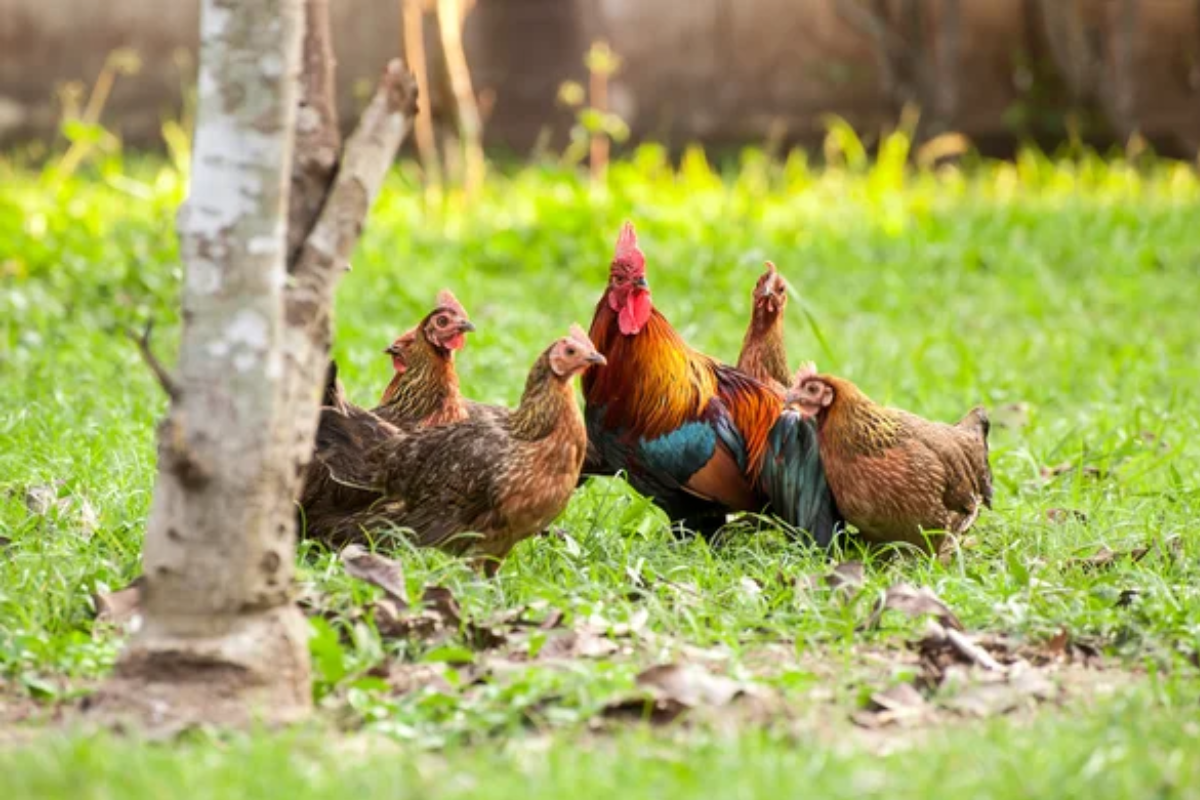
Wild chickens roam virtually everywhere on this Hawaiian island, crowing at all hours, wandering through parking lots, and appearing in surprising numbers at beaches and parks. The population explosion reportedly began after Hurricane Iniki destroyed chicken coops in 1992, releasing domesticated birds that interbred with fighting cocks previously brought to the island.
Without natural predators, the colorful feral chickens have multiplied into the thousands, becoming both a tourist attraction and an occasional nuisance.
Kastellorizo, Greece

Mediterranean monk seals, among the world’s most endangered marine mammals, regularly appear in the harbor of this tiny Greek island near Turkey. The curious animals swim alongside boats, lounge on rocks along the waterfront, and occasionally haul themselves onto docks in the main port.
Local fishing practices have adapted to protect these rare creatures that number fewer than 700 worldwide, yet show surprising comfort around human infrastructure.
Like Travel Pug’s content? Follow us on MSN.
Ranthambore, India
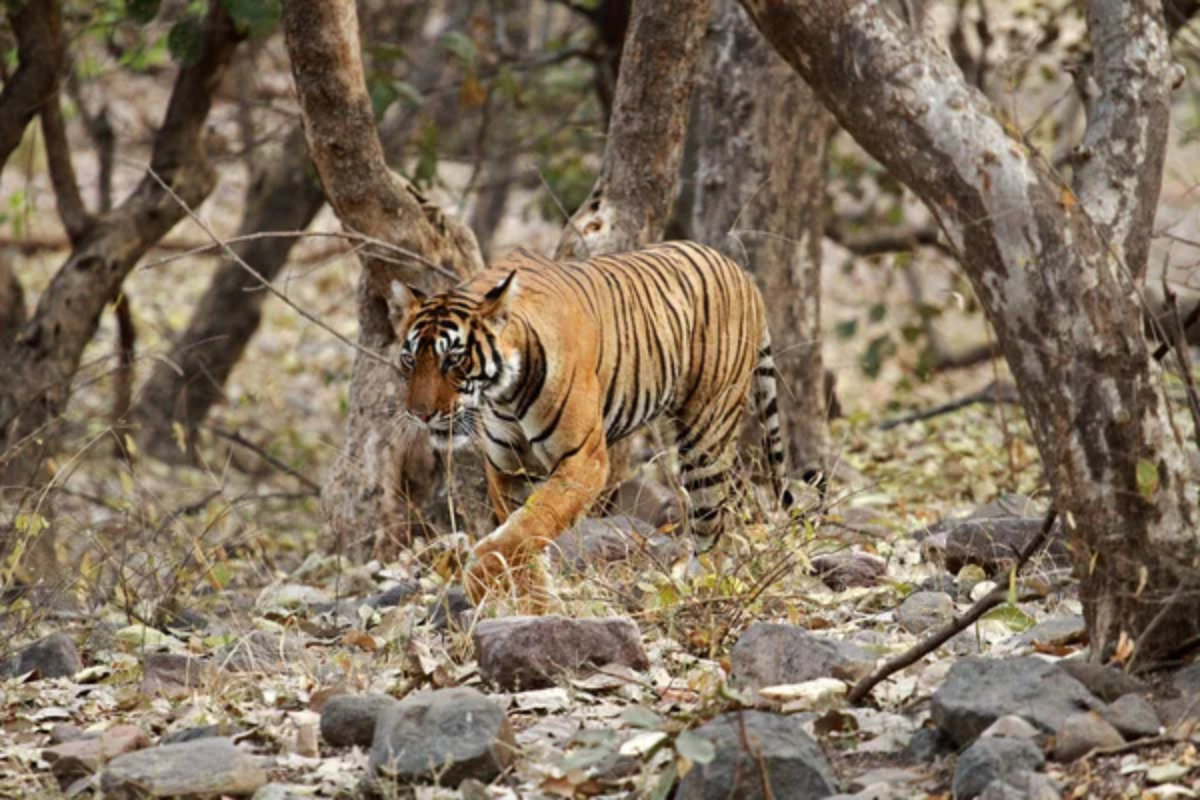
Unlike most wildlife experiences that occur in remote settings, this former hunting ground of maharajas now sees tigers regularly walking through village streets on the perimeter of the national park. Residents have adapted to life with these apex predators by modifying their movements during early morning and evening hours when tigers are most active.
Park rangers track tiger movements to alert communities, creating an unusual coexistence between humans and one of nature’s most powerful hunters.
Khao Kheow Open Zoo, Thailand
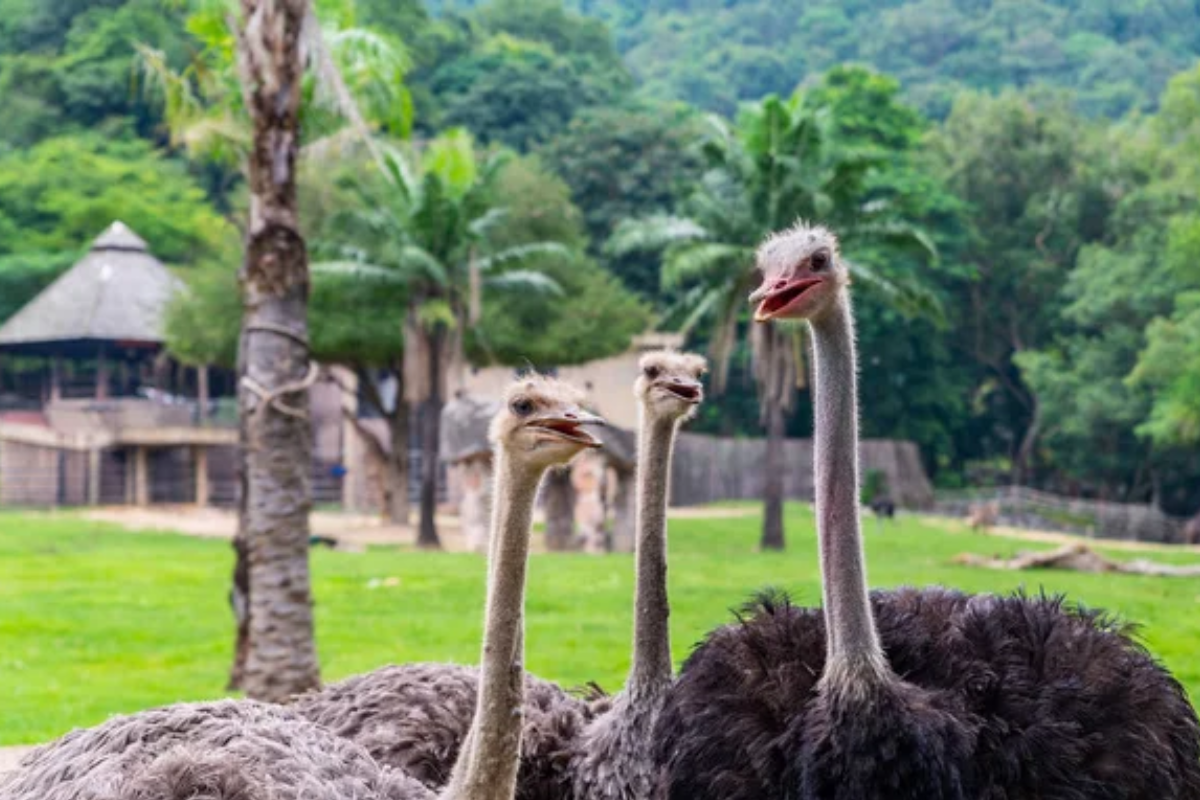
Within this unconventional Thai zoo, certain animals—including gibbons and hornbills—roam free throughout the facility, often appearing above visitors on walkways or swooping between trees across footpaths. The semi-free-ranging design allows these particular species to move between natural forest areas and more developed sections of the property.
Visitors often find themselves sharing lunch areas with wild gibbons that have learned to monitor human activities from the safety of overhead branches.
Exmoor, England
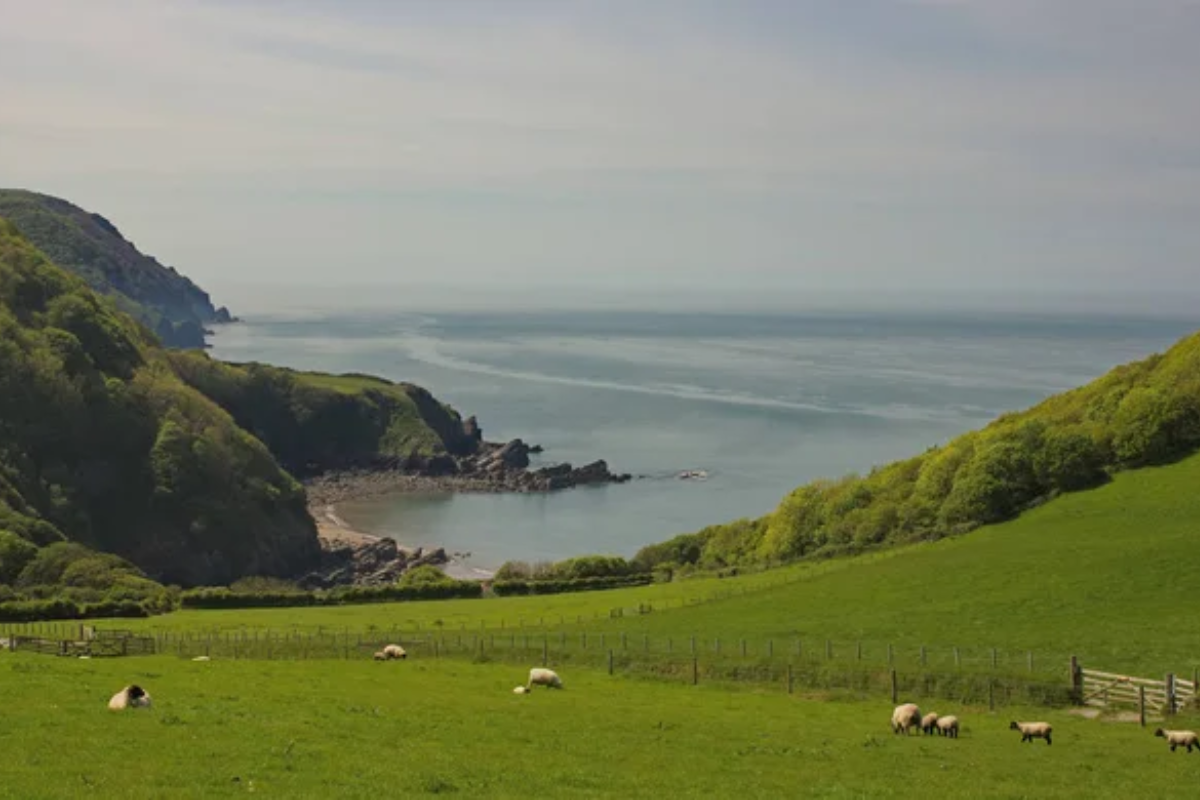
Wild ponies roam freely across this national park in southwest England, wandering through villages and occasionally blocking narrow country roads as they graze. These semi-feral animals, with a lineage dating back to prehistoric times, maintain the open landscape through their grazing patterns while moving between moorland and settled areas with confident familiarity.
Local drivers understand the unspoken rule that ponies have the right of way, often waiting patiently as herds slowly cross roads or gather on village greens during harsh weather.
Like Travel Pug’s content? Follow us on MSN.
The Shared Spaces
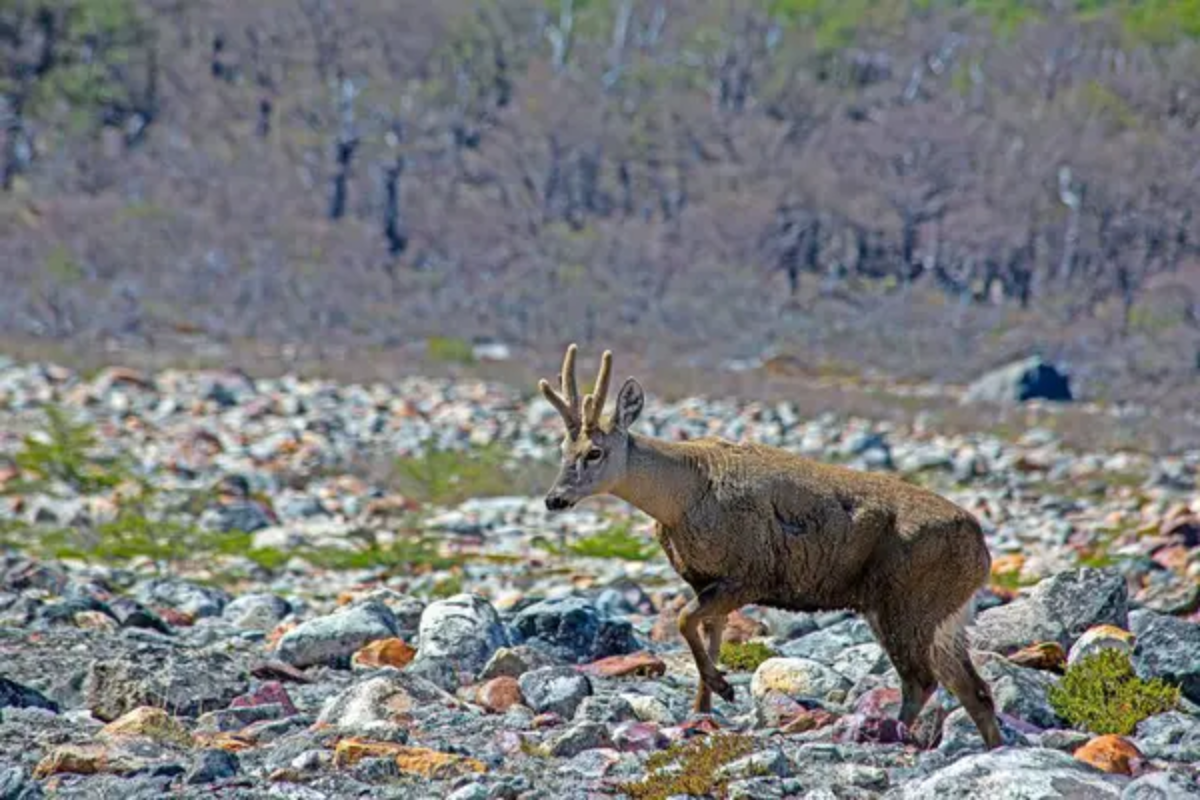
These animal-dominated destinations challenge our conventional understanding of urban spaces as exclusively human domains. From sacred deer wandering ancient Japanese streets to monkeys commanding Indian temples, these interspecies zones demonstrate alternative models of cohabitation.
While sometimes challenging for residents, these shared environments often preserve cultural traditions and ecological connections that are increasingly rare in our urbanized world. The continued existence of places where humans adapt to animal neighbors rather than the reverse offers a valuable perspective on our relationship with the natural world.
More from Travel Pug

- Cities Growing so Fast You Won’t Recognize Them in 10 Years
- 13 Destinations Where Tourists Regularly Regret Their Trip
- 16 U.S. Cities That Are Quietly Becoming Travel Hotspots
- Where to Travel If You Love Long Bus Rides and Daydreams
- 20 Cities Perfect for Solo Travelers Who Crave Adventure & Culture
Like Travel Pug’s content? Follow us on MSN.
